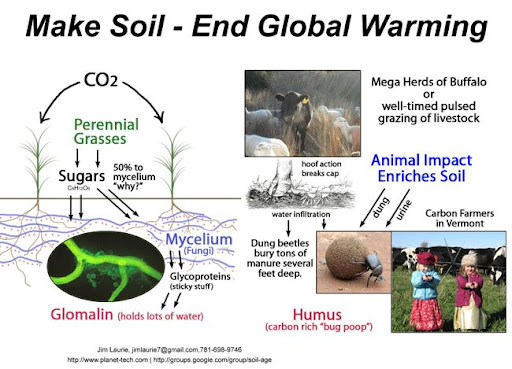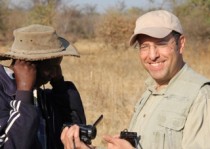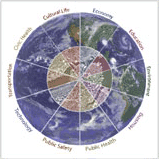You are here
Regarding Holechek and Briske, and Rebuttals by Teague, Gill & Savory
Correcting Misconceptions about the Supposed Discrediting of Savory’s Approach
By Seth J. Itzkan Planet-TECH Associates Somerville, MA. 02144 www.planet-tech.com seth.@planet-tech.com
June 2011. Updated May, 2013
Abstract
This paper investigates the grazing management assessment reports authored by Briske (2008), and Holechek (2000) in light of their claims regarding methodologies for grassland restoration advocated by Allan Savory. Rebuttals to the Briske and Holechek conclusions are provided by Teague et al. (2008), Gill (2008, 2009a, 2009b, 2009c), and Savory (2000). The Briske and Holechek papers conclude that methodologies for grazing management that they attribute to Allan Savory are not advantageous. The refuting authors claim that Briske and Holechek, though correct in their assessment of the grazing systems evaluated (rotational and short duration), err in their association of those systems with Savory. The studies cited by Briske and Holechek, according to the refuters, represent rote grazing methodologies that trivialize the complexities of land and livestock interactions and are not representative of the Holistic Grazing strategy advocated by Savory (1999) in which planning and monitoring for grassland health are central tenets. In fact, contrary to discrediting Savory, the refuting authors claim, the Briske and Holechek studies actually advance Savory’s theses. The studies prove exactly his claim that nonadaptive grazing systems will fail. Additionally, the refuters cite many cases of adaptive grazing management producing desirable environmental and economic results.
This paper finds the refuters’ arguments have merit. The studies reviewed by Briske and Holechek were not evaluations of the Savory method of planned grazing and not reflective of its efficacy. Clarity on this matter is becoming increasingly germane within the environmental community where there is a growing interest in grassland restoration to mitigate global warming.
| Attachment | Size |
|---|---|
| 329.83 KB |
- admin's blog
- Log in to post comments



